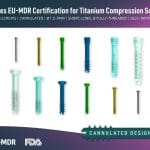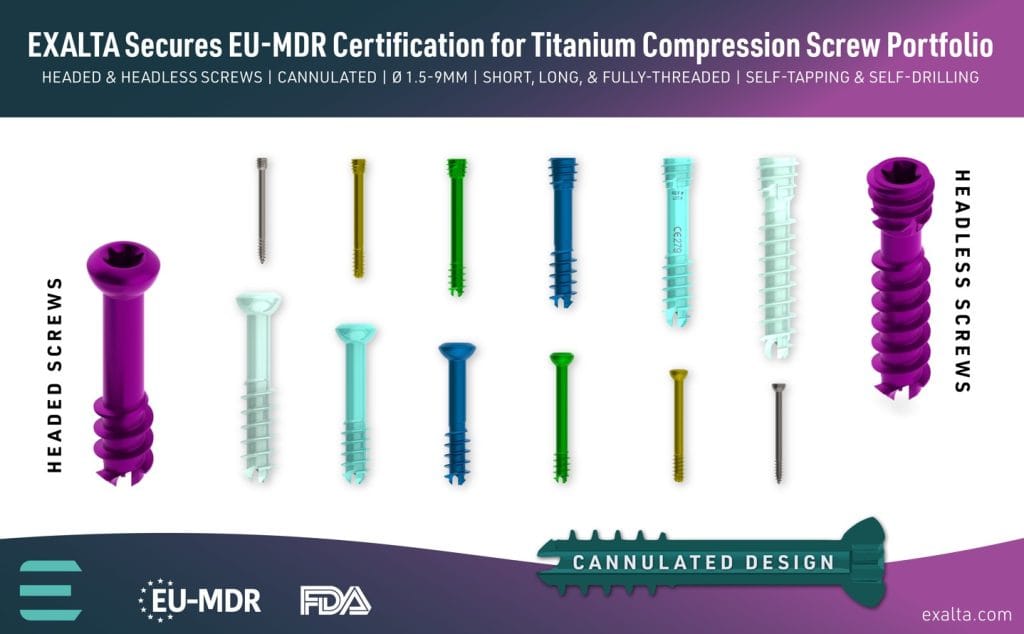Is There Truly Healing Potential in Biorobotics? Experts Say Yes!


As technology advances, biorobotics has become a “hot topic” within the medical technology industry and patient care. But many wonder what they are and how they truly work.
What are biorobotics?
Biorobotics is a field that merges biology with robotics. It includes a broad range of disciplines, including:
- Cybernetics
- Biomechanics
- Neuroscience
- Genetic engineering
The primary focus of biorobotics is to develop robots that can emulate or replicate biological functions. These robots are often designed to mimic living organisms’ behavior, mechanics, and physical characteristics, sometimes to a highly sophisticated degree.
What are they used for?
In biorobotics, robots are created to study biological systems. For example, robotic models of animals or insects can be used to understand their behavior and physiology. Additionally, biorobotics also involves the creation of prosthetics and artificial organs that can interact seamlessly with biological tissue, improving the quality of life for individuals with disabilities or medical conditions.
This field is interdisciplinary, drawing on knowledge from computer science, engineering, biology, and more. The goal is often to create machines that can perform tasks in environments where traditional robots might struggle, such as navigating uneven terrain or interacting socially appropriately with humans. Biorobotics also holds potential in medical applications, such as surgical robots or devices for rehabilitation.
The next steps in biorobotics
Scientists have achieved a significant breakthrough by creating ‘Anthrobots,’ which are multicellular biological robots originating from human cells.
These self-constructing, motile biobots have shown remarkable wound-healing abilities in laboratory settings. Anthrobots start as single cells and have the potential to revolutionize regenerative medicine and other fields.
Research demonstrates how engineered cells could lead to developing self-constructing living structures with predictable properties, offering practical applications in:
- Robotics
- Architecture
- Sustainable construction
- Even space exploration
However, it’s important to note that this research is still in the early stages and not yet ready for clinical use. While it shows promise, it’s primarily focused on repairing nerve damage in vitro, and more work is needed to harness the full potential of these smart, problem-solving cells in medicine.
Read more about Anthrobots here.













